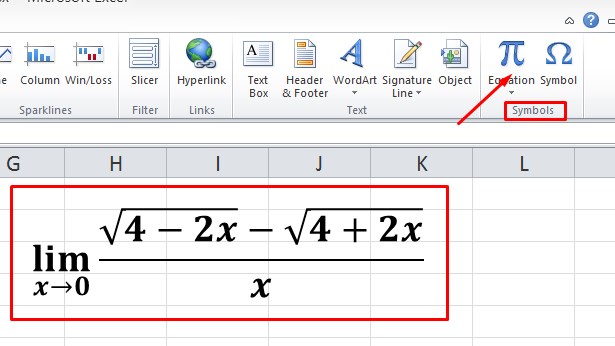When it comes to working with data, Microsoft Excel is one of the most popular software programs on the market. It’s a powerful tool that can be used for a wide range of tasks, from simple data entry to complex financial analysis. However, to truly make the most of Excel’s capabilities, it’s important to understand how to use formulas to manipulate your data. In this article, we’ll go over how to create formulas in Excel and some common formulas you might use.
Cara Membuat Rumus Matematika di Excel dengan Mudah
One of the most common uses of Excel is for performing mathematical calculations. To do this, you’ll first need to understand how to create formulas. A formula is an equation you can use to perform calculations on your data.
To create a formula, you’ll start by typing an equals sign (=) into a cell. This tells Excel that you’re about to enter a formula. You’ll then type out the formula you want to use, using cell references to tell Excel which cells to use in the calculation.
For example, let’s say you have a spreadsheet with two columns: one for the price of an item and one for the quantity sold. You want to calculate the total revenue for each item. To do this, you could use the formula:
=A2*B2
In this formula, A2 and B2 are the cell references for the price and quantity columns, respectively. Excel will multiply the values in these cells together to calculate the total revenue for each item.
Excel has a variety of mathematical functions you can use in your formulas, such as SUM, AVERAGE, and MAX. These functions can help simplify your calculations and make your formulas easier to read.
Cara Mudah Menentukan Peringkat Secara Otomatis Pada Microsoft Excel
Another useful feature of Excel is the ability to automatically rank your data. This can be helpful if you’re working with large datasets and need to quickly identify your top or bottom performers.
To rank your data, you’ll need to use the RANK function. This function assigns a rank to each value in your data based on its position relative to the other values.
The basic syntax for the RANK function is:
=RANK(number,ref,[order])
In this formula, “number” is the value you want to rank, “ref” is the range of cells that contains your data, and “order” is an optional argument that specifies whether you want to rank your data in ascending or descending order.
For example, let’s say you have a list of sales figures for your company’s top ten salespeople. To rank these salespeople, you could use the formula:
=RANK(A2,$A$2:$A$11,0)
In this formula, A2 is the cell that contains the first sales figure, and $A$2:$A$11 is the range of cells that contains all of the sales figures. The “0” argument tells Excel to rank the data in descending order (from highest to lowest).
FAQ
What is a formula in Excel?
A formula in Excel is an equation that you can use to perform calculations on your data. You create a formula by typing an equals sign (=) into a cell, followed by the formula you want to use. For example, the formula =A2+B2 would add the values in cells A2 and B2 together.
What are some common formulas in Excel?
Some common formulas in Excel include:
- SUM: Adds up a range of cells.
- AVERAGE: Calculates the average of a range of cells.
- MAX: Returns the highest value in a range of cells.
- MIN: Returns the lowest value in a range of cells.
- IF: Performs a logical test and returns one value if the test is true, and another value if the test is false.
Video Tutorial
Excel is a powerful tool that can help you manage and analyze large amounts of data. By understanding how to create and use formulas, you can take full advantage of Excel’s capabilities and make your work more efficient. Whether you’re a student, a business owner, or just someone who needs to organize data on a regular basis, Excel is a valuable tool to have in your toolkit.

